The SIGMA 100-400mm F5-6.3 DG OS HSM | Contemporary is a super telephoto zoom lens released later in the SIGMA lineup. With a 4x zoom ratio, this lens is designed for full frame cameras and offers a lot of reach in a very compact and lightweight package thanks to the variable aperture design. In total specs, features, build, and focal range, it is most closely related to the slightly larger 150-600mm F5-6.3 DG OS HSM | Contemporary lens, and it ships at a slightly lower cost. We are going to do a run through of the shared features and points of differentiation between these two great super telephoto zoom lenses.
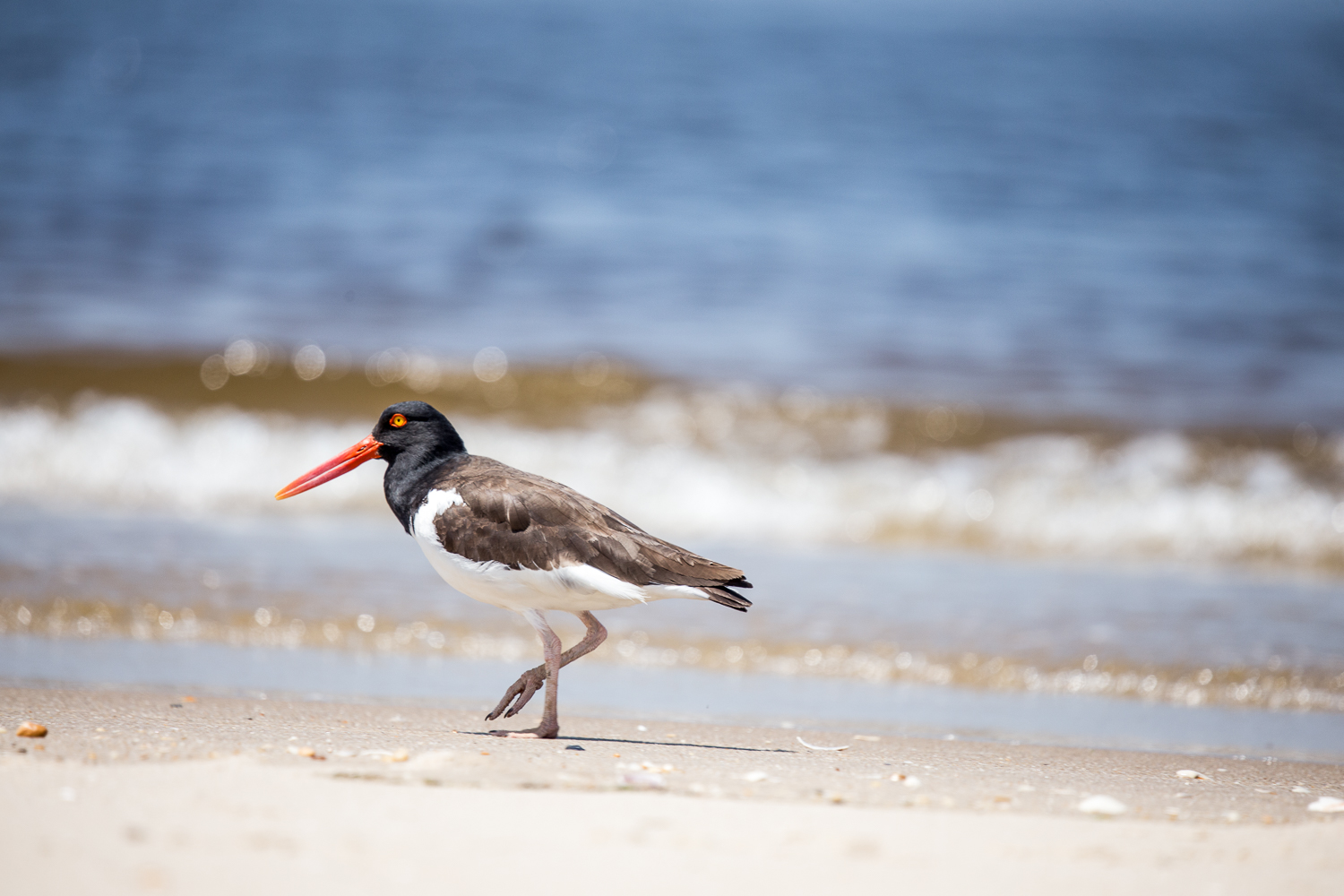
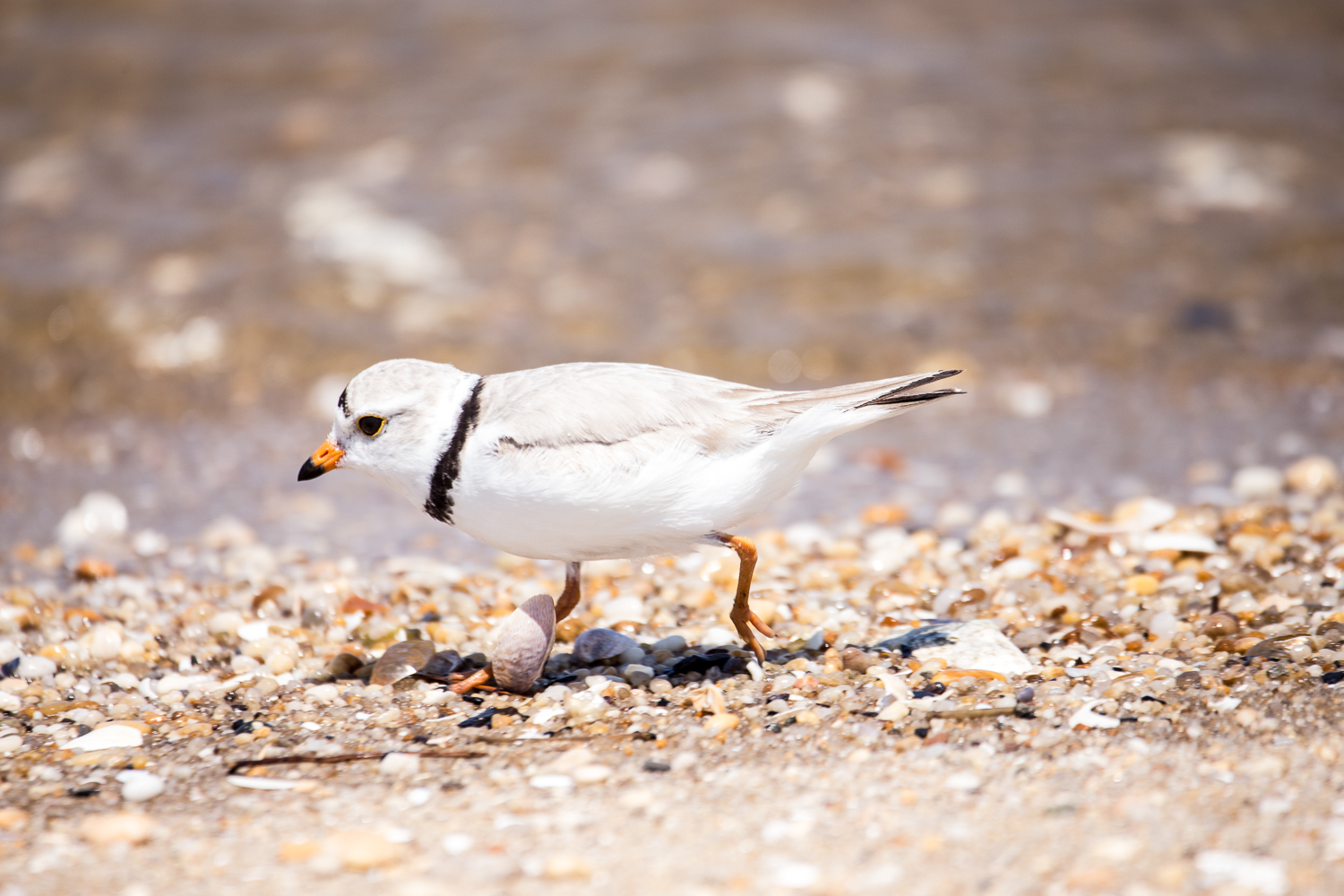
What Are the Main Differences Between the 100-400mm F5-6.3 DG OS HSM | C and the 150-600mm F5-6.3 DG OS HSM | C Lenses?
Before we jump into the differentiation points, let’s take a look at how these two full frame lenses are similar. The 100-400mm F5-6.3 DG OS HSM | C and 150-600mm F5-6.3 DG OS HSM | C lenses both share a significant amount of SIGMA-exclusive DNA:
The most advanced lens customization options via the SIGMA USB Dock and SIGMA Optimization Pro including custom focus limiters, focus speed adjustments, and 16 zone microfocus tuning.
- Optical Stabilizer with orientation and acceleration detection.
- 100% Image Quality QC with our exclusive A1 MTF device.
- Handcrafted in Aizu, Japan
- Four Year U.S. Warranty
- 4x zoom ratio
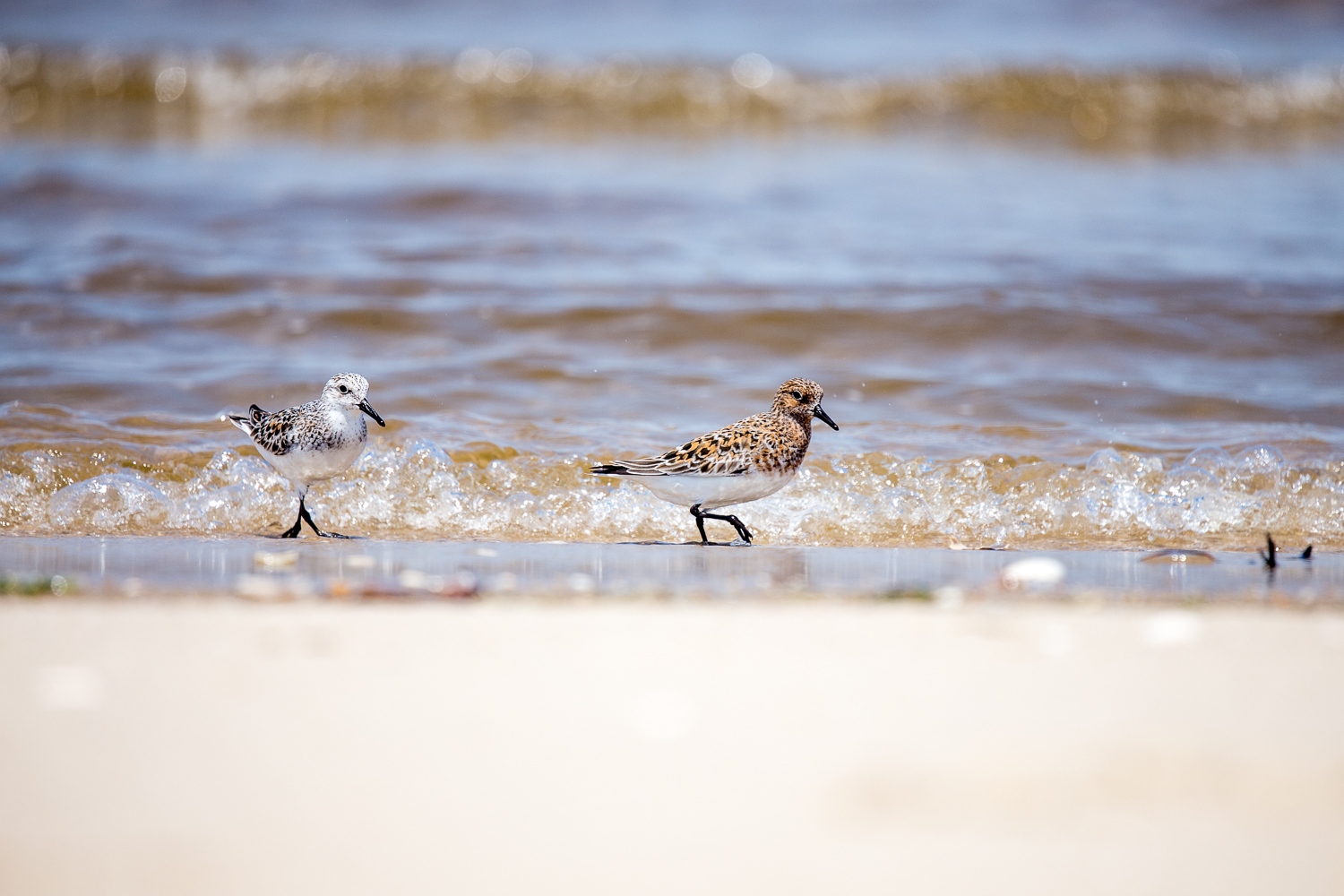
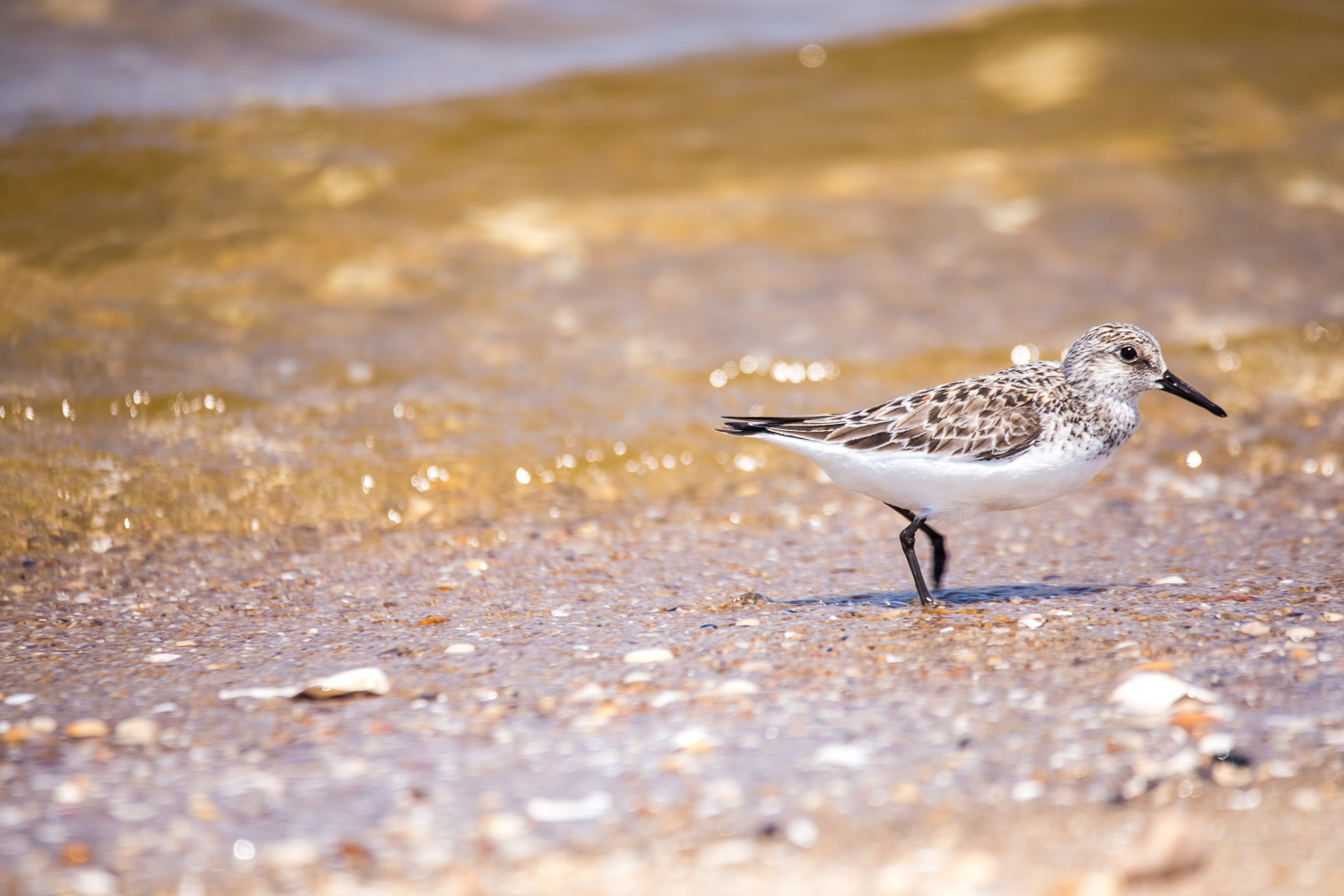
At just under 41 ounces (2.56 pounds) and 3.4” x 7.2” (diameter x length) the SIGMA 100-400mm is noticeably lighter and smaller in the hands compared to the 150-600mm | C which weighs in at 68 ounces (4.25 pounds) and is 4.1” x 10.2” in the camera bag. And at $799 street for the 100-400mm, it is a few hundred dollars less than the $1089 tag for the 150-600mm | C.
(And as far as size comparisons go, the 100-400mm is most similar in size and weight to the 70-200mm F2.8 class of lenses.)
The 100-400mm sports 21 elements in 15 groups with SLD glass and the 150-600mm has 20 elements in 14 groups with both SLD and FLD. I’ve never really been one to care too much about the specific configurations or glass types, looking more at what gets projected onto the sensor—the end result, not the process path, is what matters most to me.
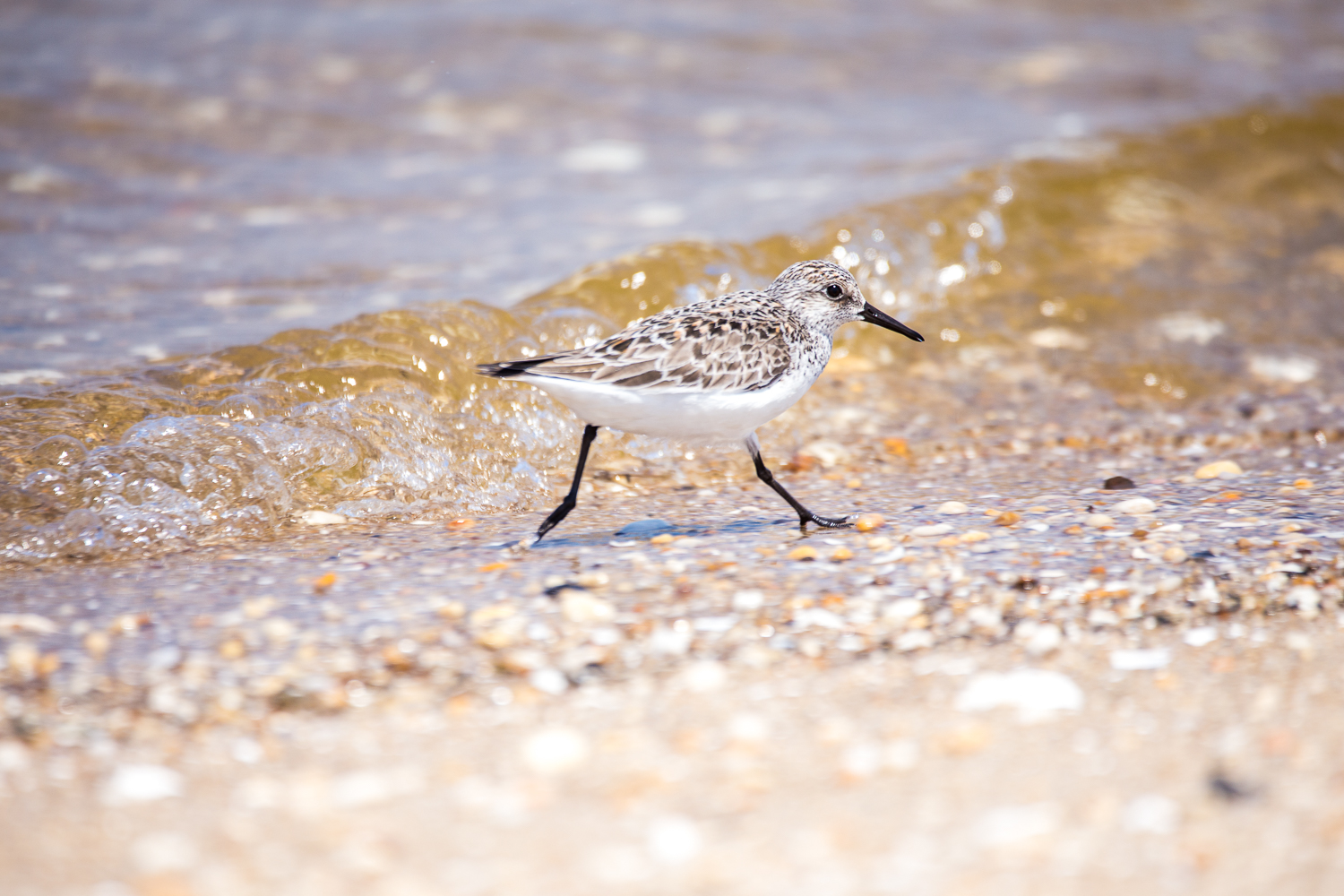

In the hand, both lenses feel similar, dressed in the fit and finish of the Contemporary line. Ease of use and portability is a key design tenet of the Contemporary line, and both lenses feel solid and well damped. Both lenses are capable of extending the barrel either with the zoom ring, or with a push-pull of the front element group, although with the 100-400mm, it is a much easier operation when the lens hood is mounted. Straight out of the box, the autofocus of the 100-400mm | C feels a little more zippy and swift in focus acquisition, and when paired with judicious use of the focus limiters, is blazingly fast, and even more so when the lens is customized to speed-priority AF with the USB Dock and SIGMA Optimization Pro. Mind you, the 150-600mm is no slouch in terms of AF speed and accuracy, either. For telephoto work, I generally stick to the center or center cluster of AF points, and always employ the back-button focus technique, and that’s how all the photos showcased in this piece were captured.
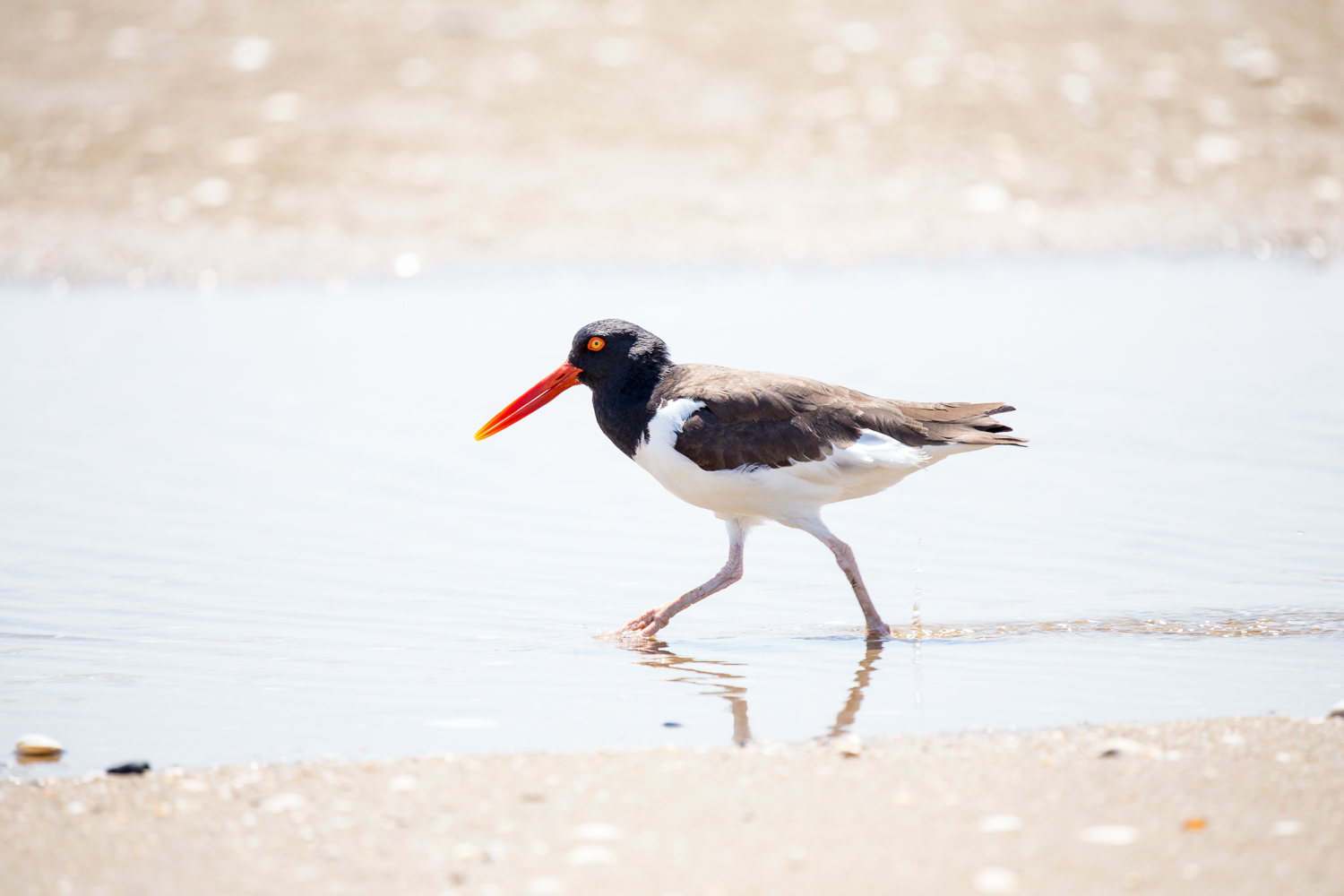
The 100-400mm lens does skip the variable zoom lock feature pioneered with the 150-600mm sisters, and it also skips a tripod collar completely. This shaves both weight and cost. The 100-400mm is light enough and well balanced enough though, that it’s really not an issue for most situations. But if a tripod collar for use with a gimbal head is a deal breaker, you’re better off with the 150-600mm | C lens instead.
Zoom Range and Reach on Both Full Frame and Crop Sensor Cameras
The SIGMA 100-400mm F5-6.3 DG OS HSM | C and the 150-600mm F5-6.3 DG OS HSM | C share a 4x zoom ratio, and both lose 2/3 of a stop of light-gathering from shortest to longest focal length, going from F5 at 100mm or 150mm to F6.3 fully racked to 400mm and 600mm respectively.
Now, here’s where it gets a little confusing. On a crop sensor camera with an APS-C sensor (using the 1.5x focal length multiplier), the 100-400mm becomes a 150-600mm equivalent, while the 150-600mm becomes a 225-900mm equivalent lens.
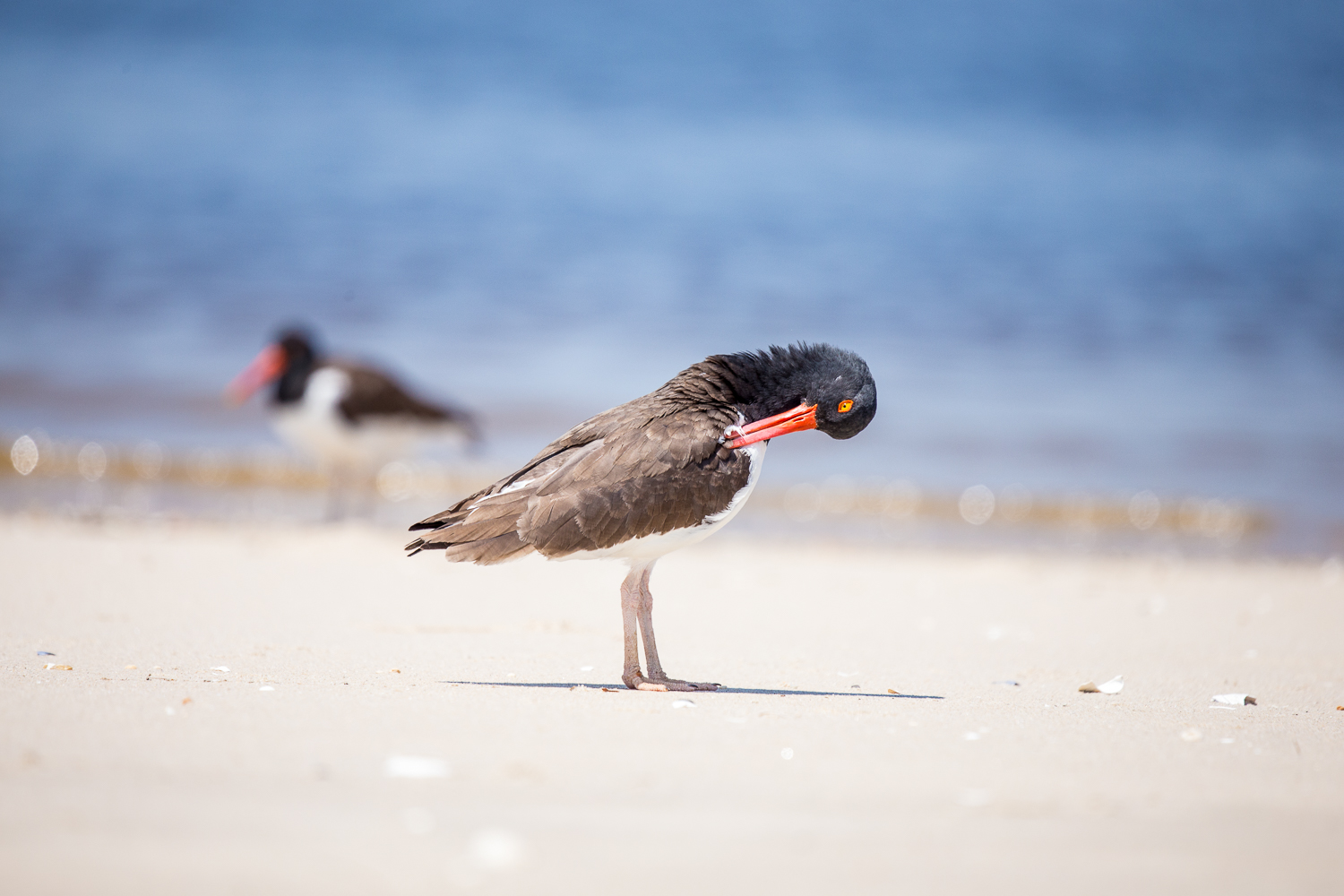
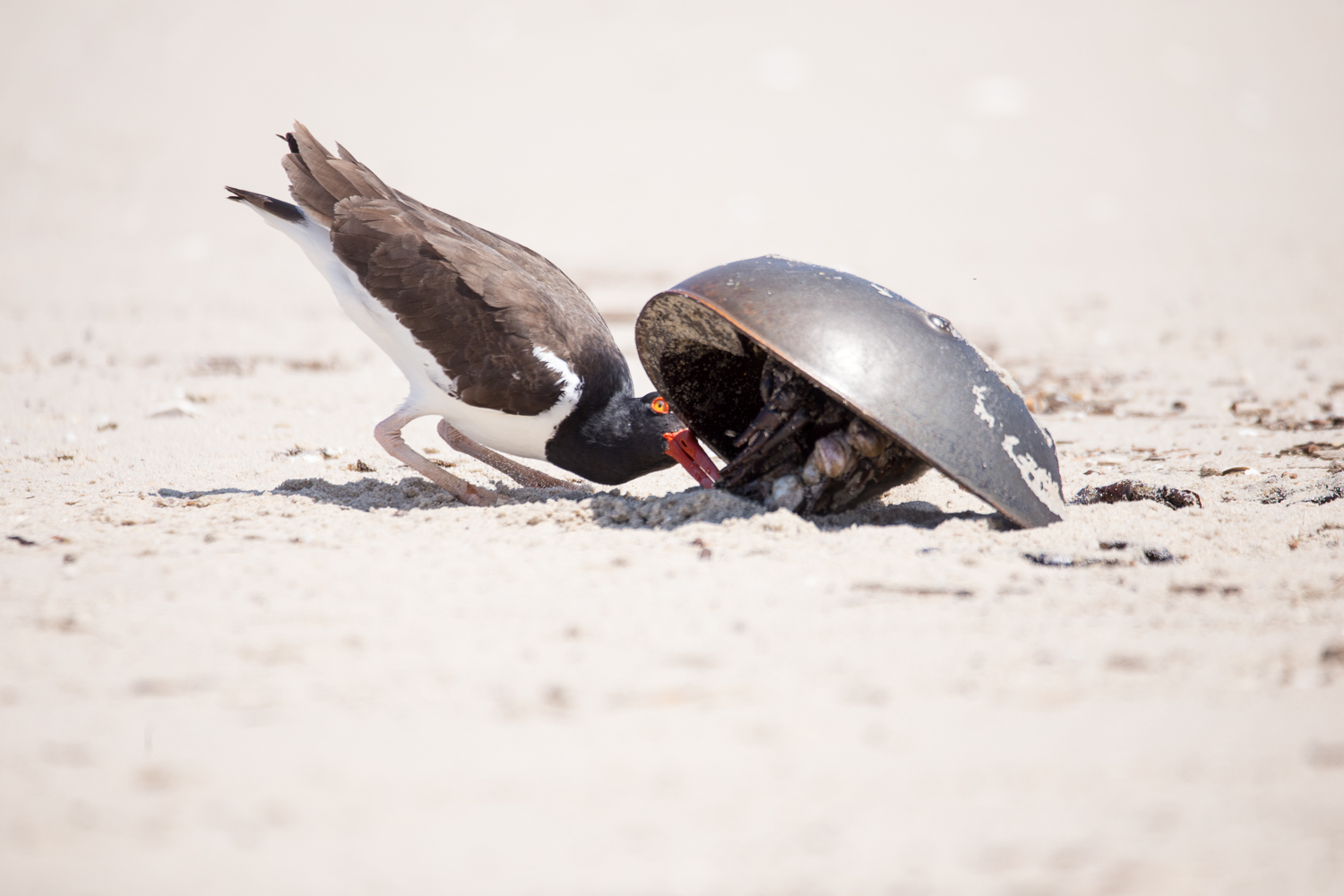
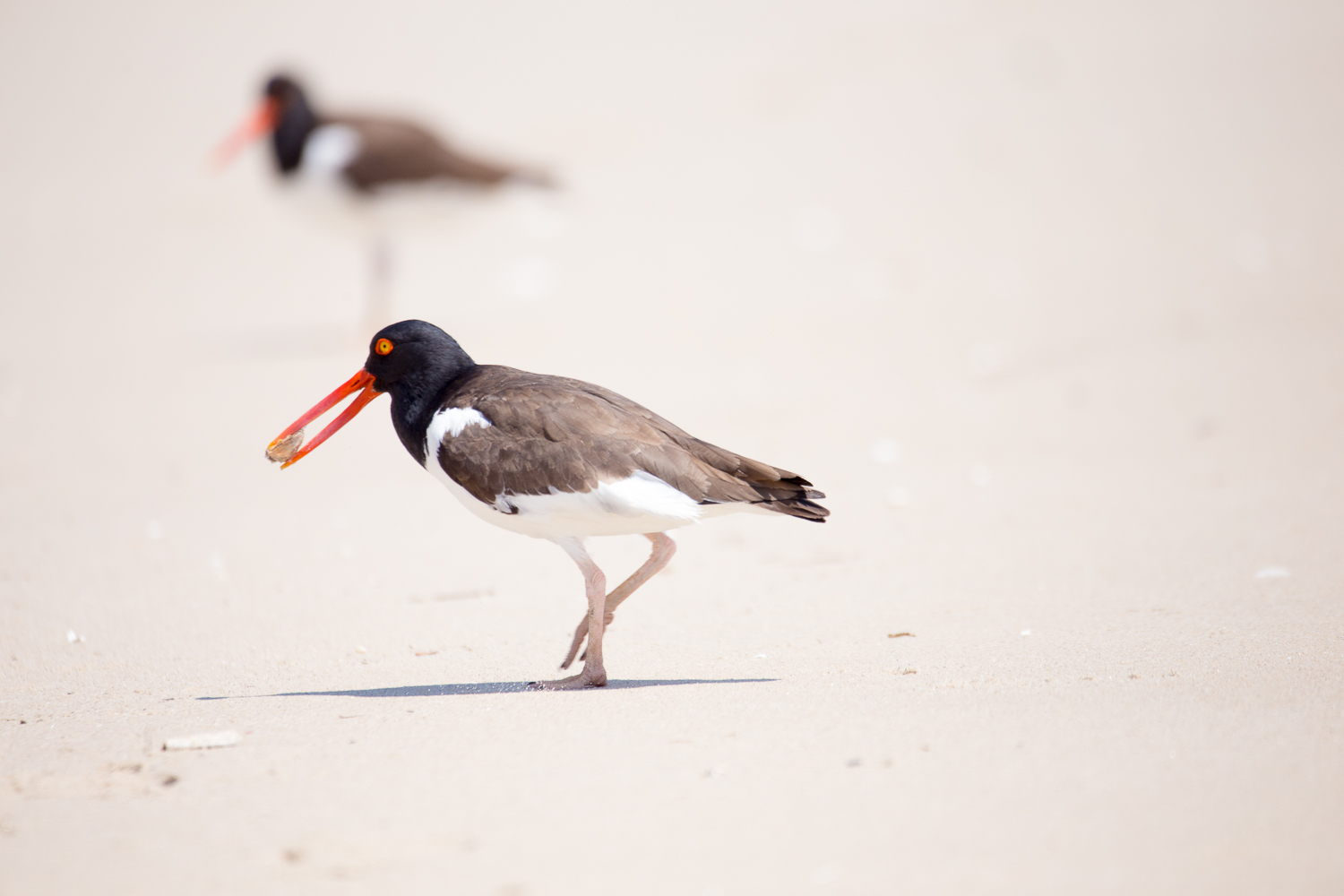
In general for birding, more reach is almost always desired, but in many situations, such as sports, it is possible to be “overlensed”. 900mm reach is too tight for many youth sport situations, and even for collegiate and pro sports in many circumstances.
For first grade youth soccer on half-sized fields, I found myself grabbing the 100-400mm to pair with a full frame 6D each week instead of the 150-600mm, both for the focal range and lighter weight—and I’m a huge fan of the total portability of the 150-600mm | C as you can read here. But for me, for half-sized soccer fields and 60 foot ballfields, the 100-400mm on a full frame or crop sensor camera is the way to go to shave weight with great reach—and on a crop sensor camera, I’d probably find myself racking back to 300mm rather than pinning it at 400mm.
Fully Zoomed Sharpness of the 100-400mm F5-6.3 DG OS HSM | C Versus the 150-600mm F5-6.3 DG OS HSM | C
When it comes to super telephoto lenses, I’ve long been of the belief that one of the most critical aspects is the max aperture sharpness when fully zoomed—both because you choose a long lens based on that maximum reach focal length, and because with a variable aperture lens design, you trade off some light gathering gathering power in exchange for a more compact design. And with any lens, when you are the max possible aperture for a given focal length, that allows for the fastest shutter speeds for stopping motion, which is a necessity with many types of long lens photography styles such as sports and birding.
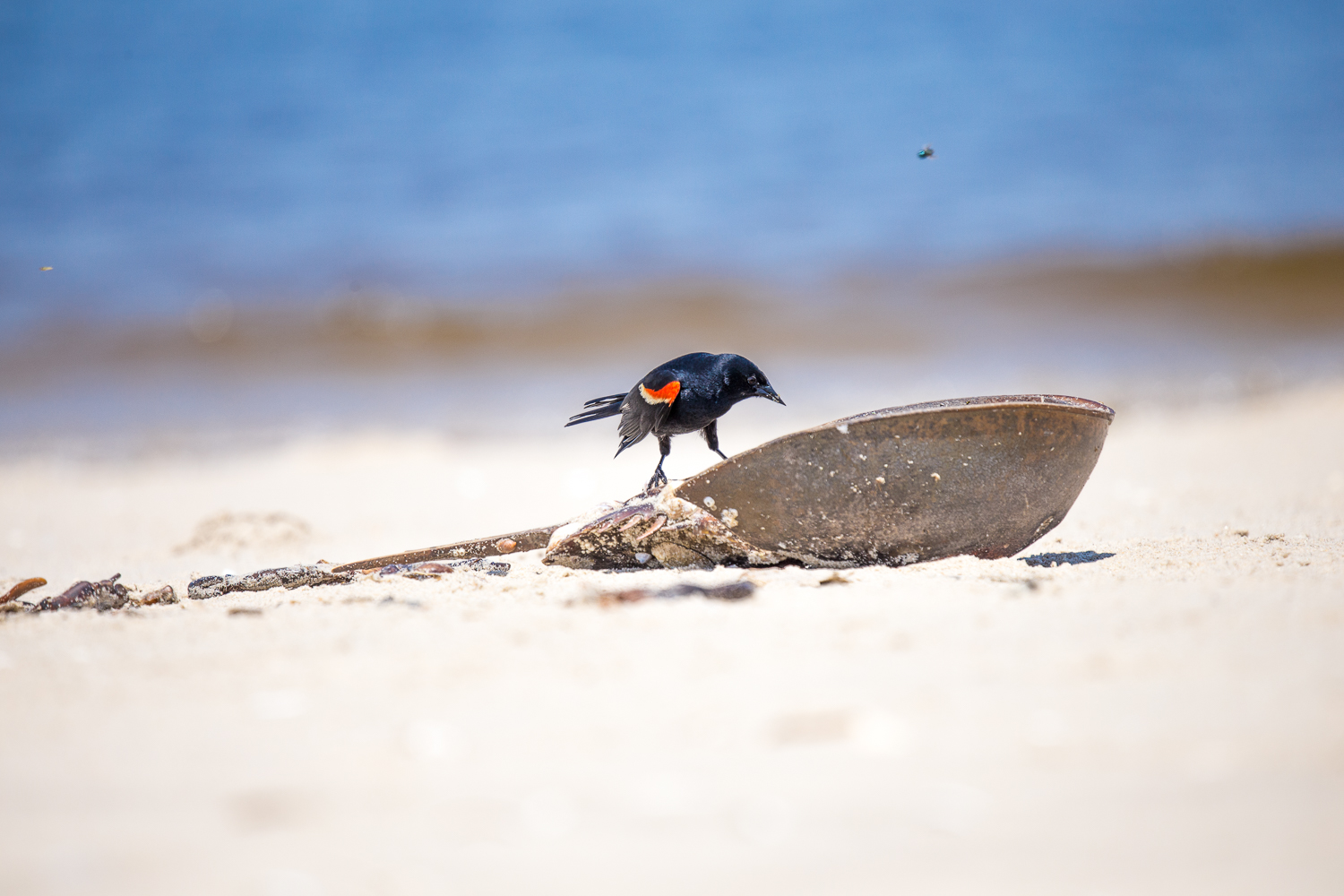
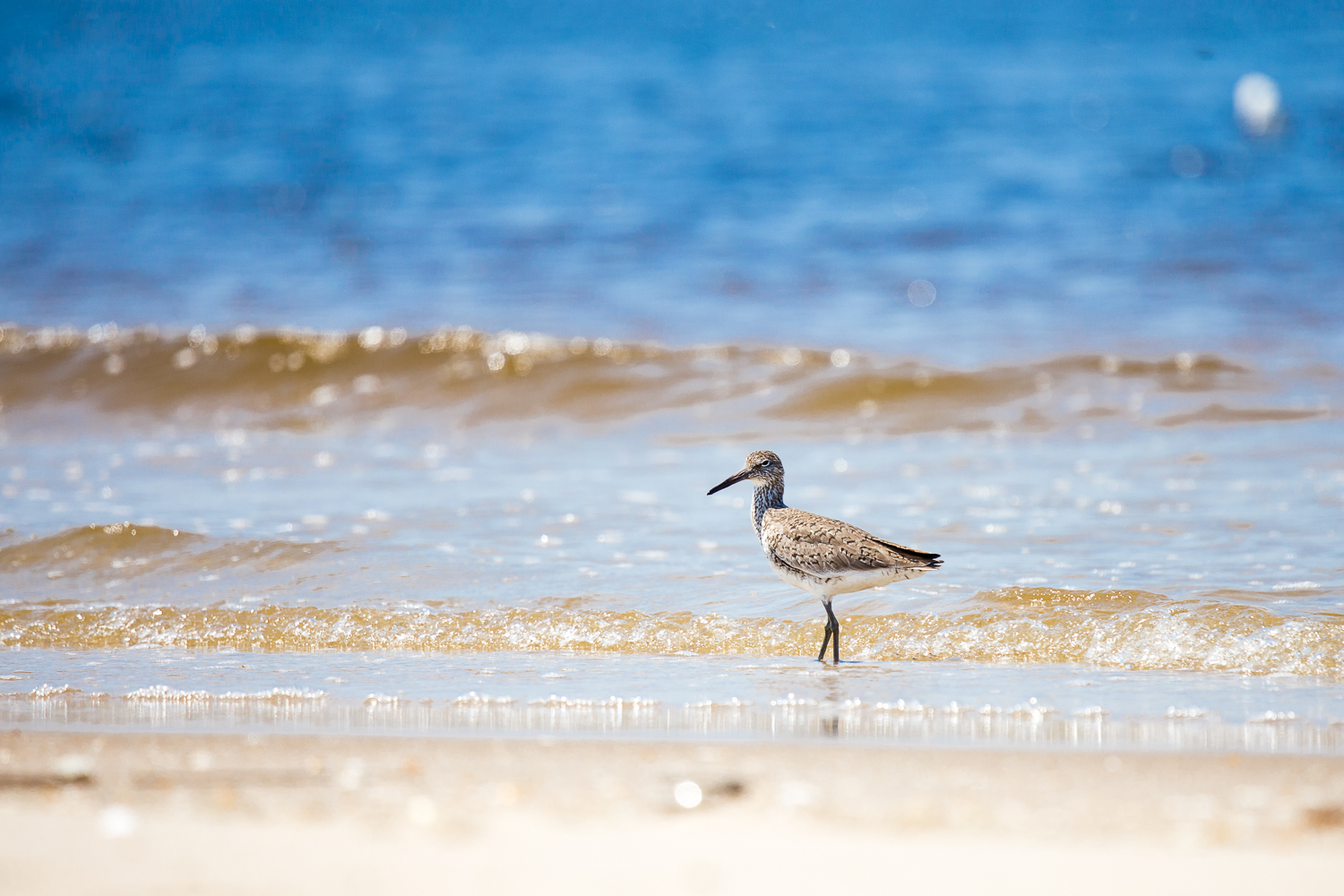
I was flat-out blown away by the wide-open sharpness at 600mm of the 150-600mm |C lens and the same holds true for the 100-400mm when fully zoomed. Both of these lenses are crisp and sharp through the whole focal range and the MTF Charts of both lenses reflect this. But thanks to the workings of optical physics, there’s greater depth of field at 400mm than at 600mm.
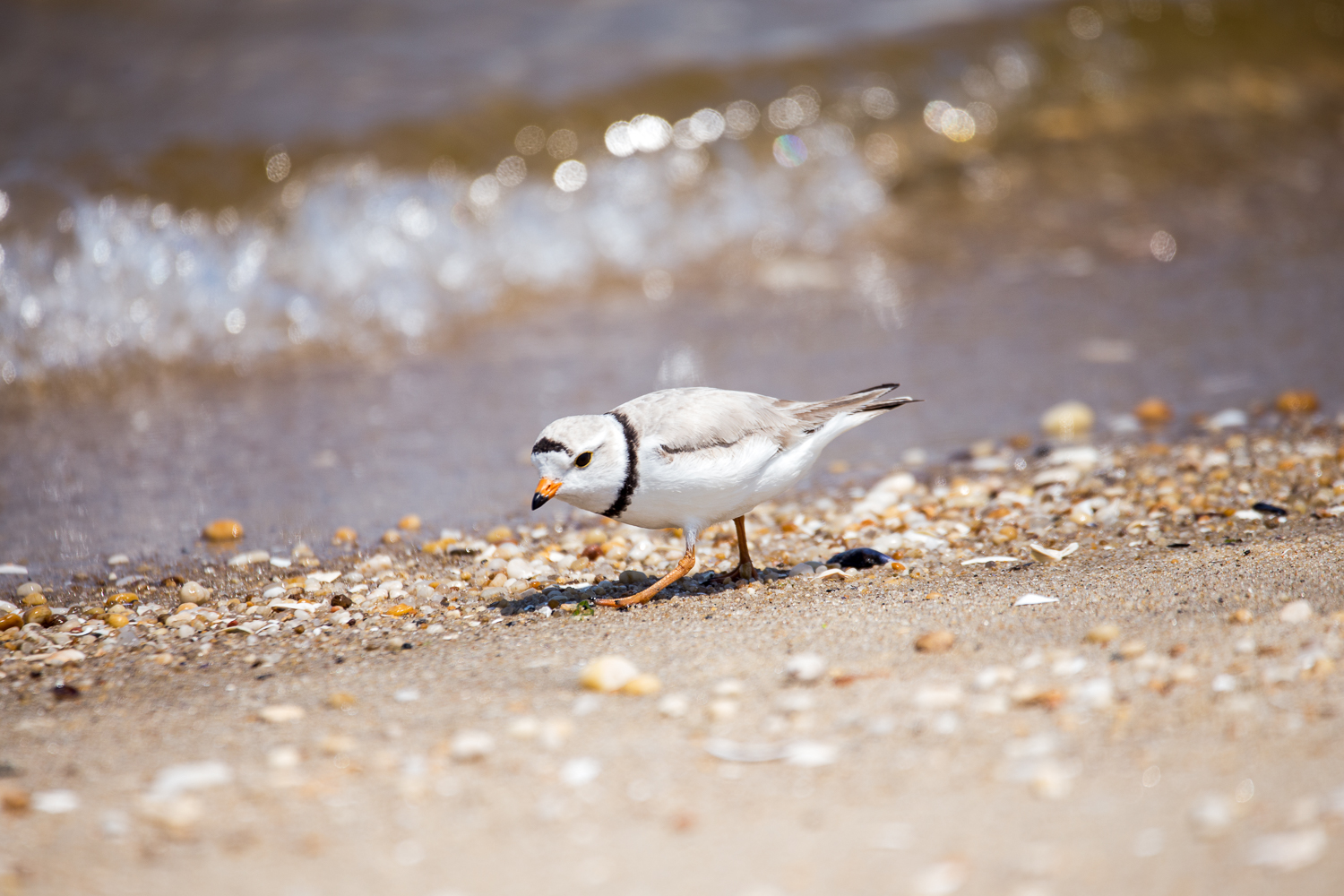
So, for example, at a distance of 25 feet, at F6.3, you have got a 0.43 foot zone of sharpness, and at 600mm you’ve only got a 0.19 foot zone of sharpness. That may not seem a lot, but it is enough to keep an entire small bird’s body in the sharp focused area at 400mm, whereas at 600mm, it may not be quite enough. (Here’s a helpful tool for comparing depth of field.)
Optical Stabilizer Comparison
Both the 100-400mm F5-6.3 DG OS HSM | C and the 150-600mm F5-6.3 DG OS HSM | C have two mode Optical Stabilizer. Mode 1 corrects for camera and lens shake in all directions, while OS Mode 2 detects camera motion in order to assist with panning and tracking shots. In a non-lab setting, it is very difficult to quantify and qualify OS Mode 2. But with OS Mode 1, most photographers will be able to easily achieve sharp shots at 3 to 4 stops below the reciprocal of the focal length. Remember, OS can only eliminate camera and lens movement. Subject movement in the frame at slow shutter speeds is an entirely different thing. Learn much more about the hows, whys and whens of OS here.


Field of View Visualizer
Both the 100-400mm F5-6.3 C and the 150-600mm F5-6.3 C lenses have a 4x zoom ratio. These photos here show each lens at shortest and longest focal length on both a full frame Canon 6D and crop sensor Rebel with a 1.6x multiplier. These shots show a distant beach scene and bridge captured on an extremely warm day, so there is heat distortion effects in the images. For reference, the beachgoers are 1.5 miles from the camera, and the bridge is 3 miles away.
100-400mm F5-6.3 DG OS HSM | C on full frame camera

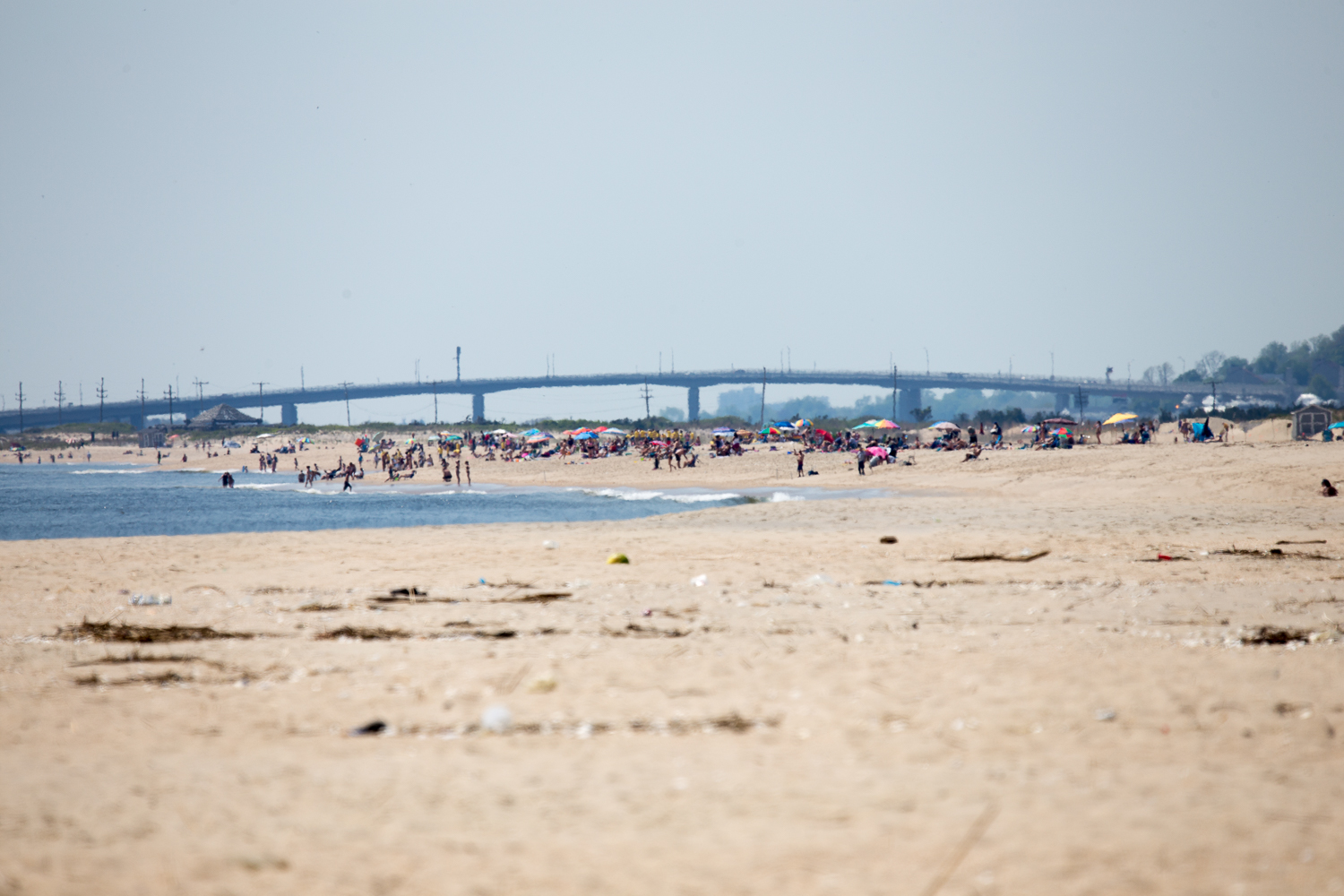
100-400mm F5-6.3 DG OS HSM | C on crop sensor camera
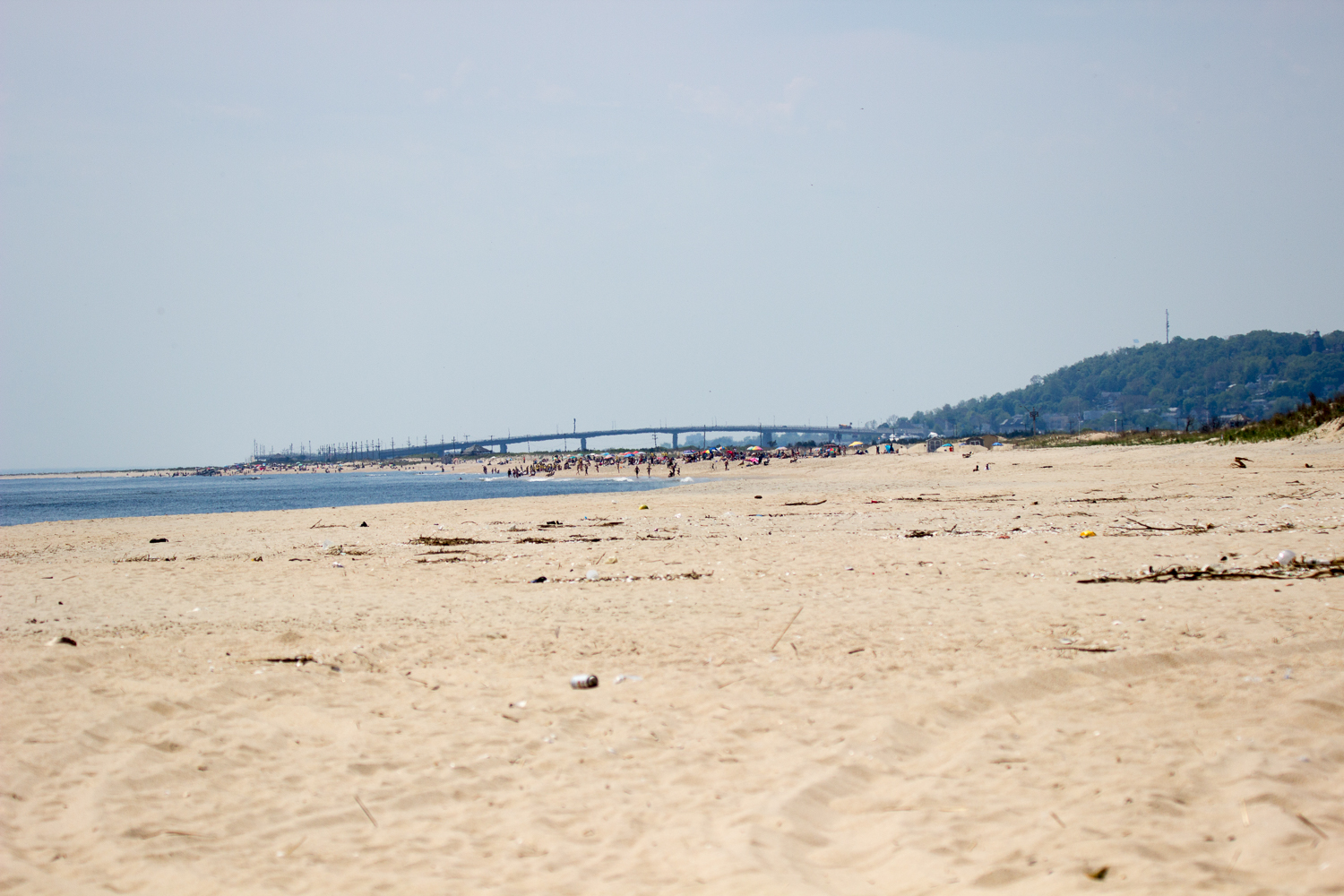

150-600mm F5-6.3 DG OS HSM | C on full frame camera
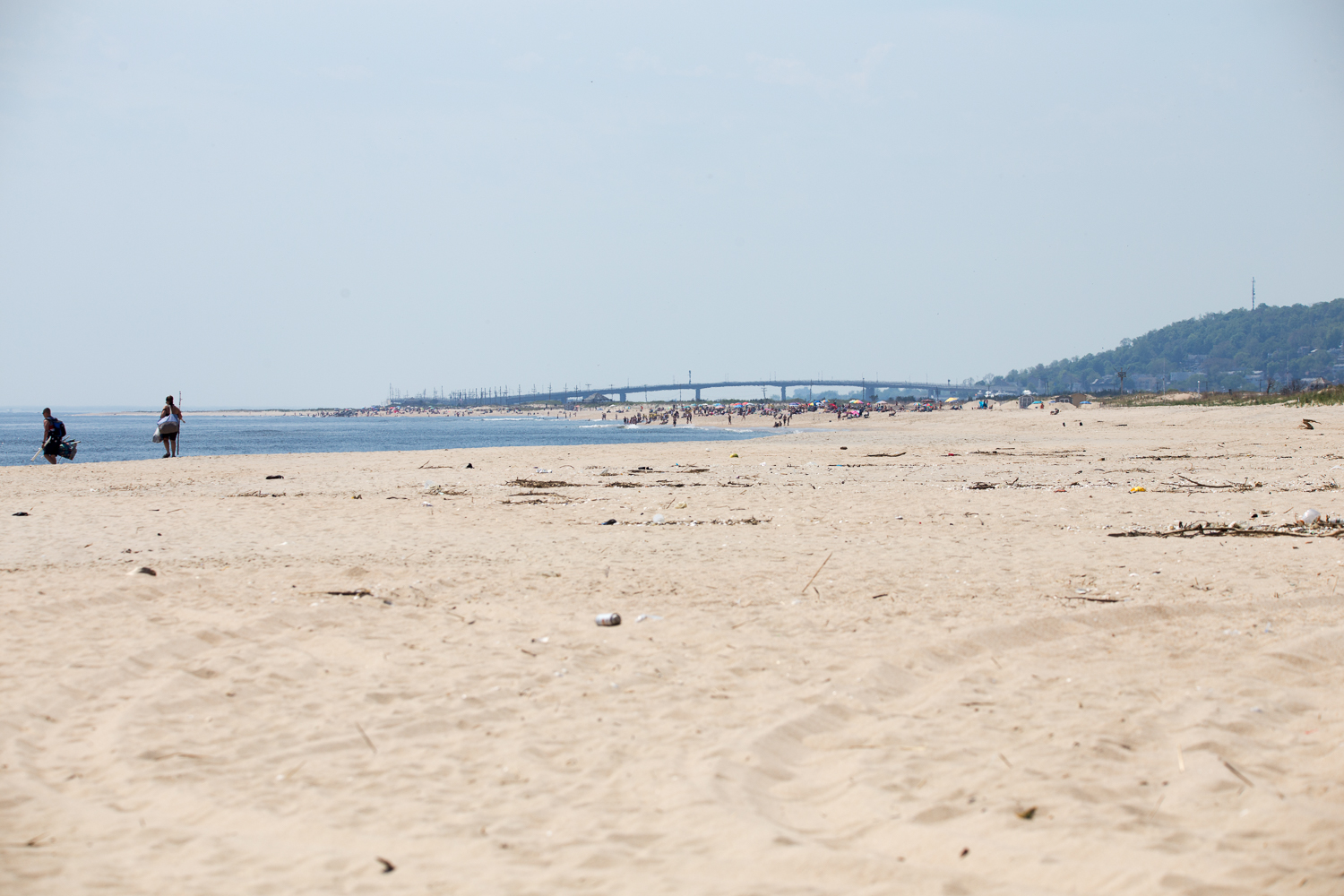
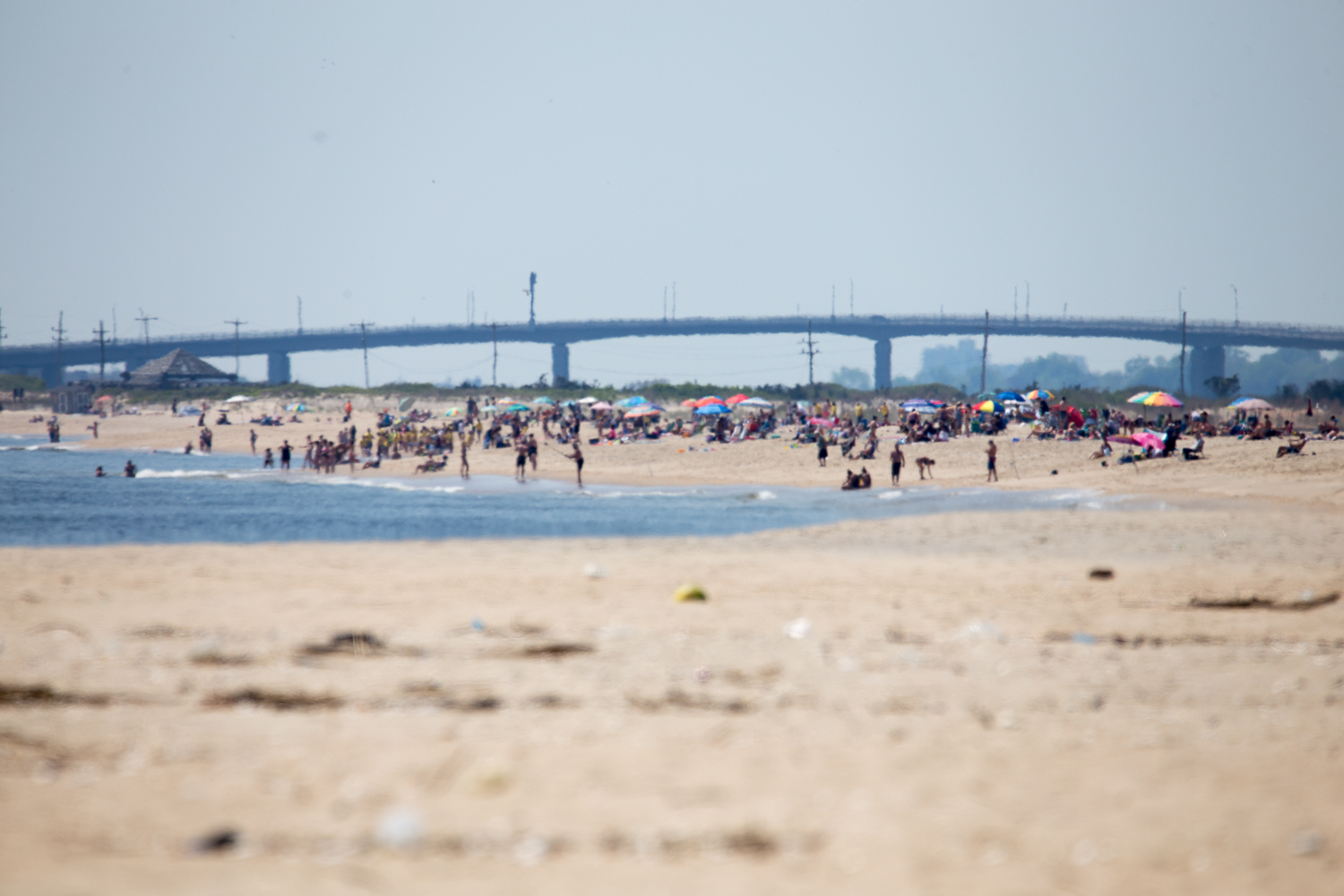
150-600mm F5-6.3 DG OS HSM | C on crop sensor camera
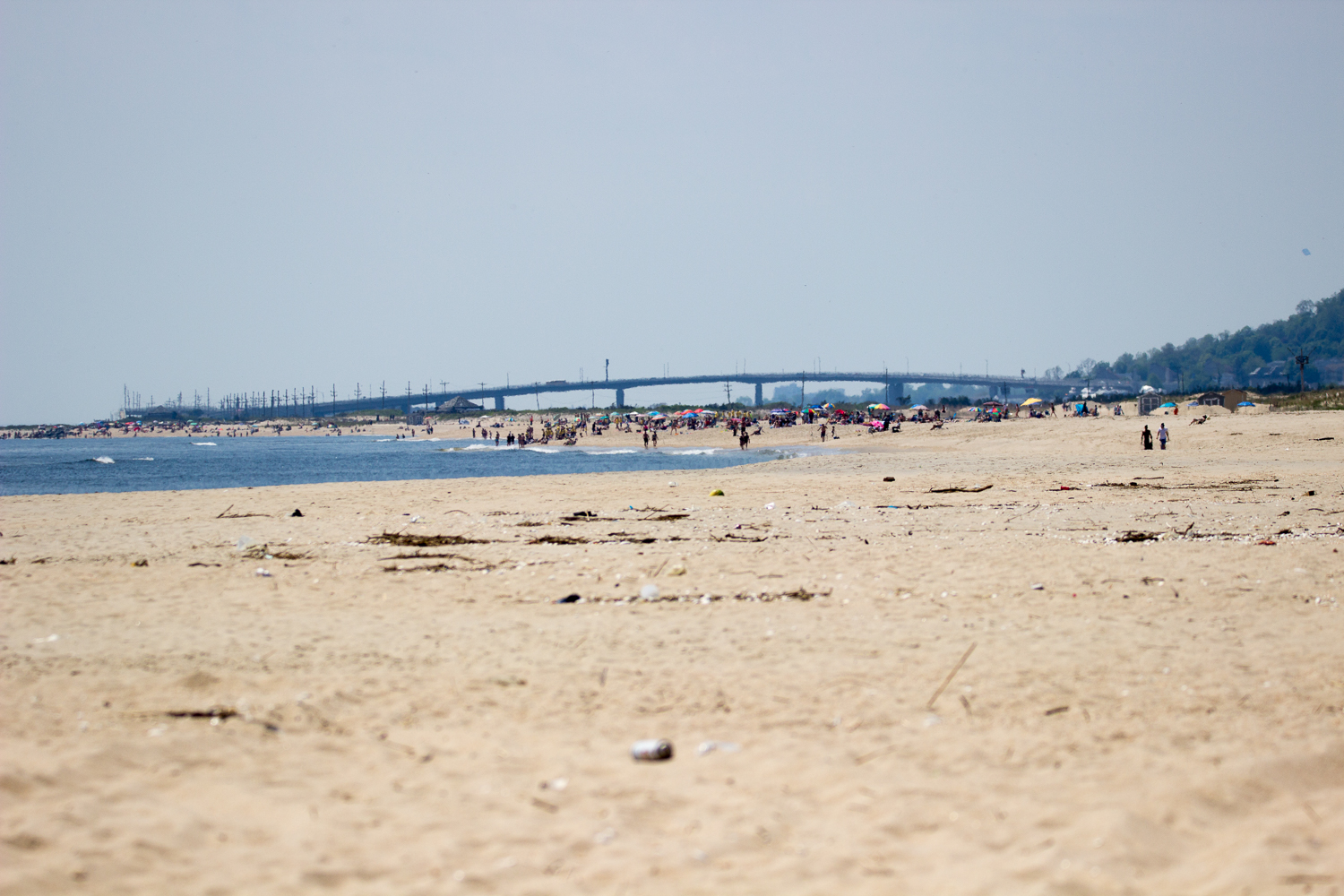
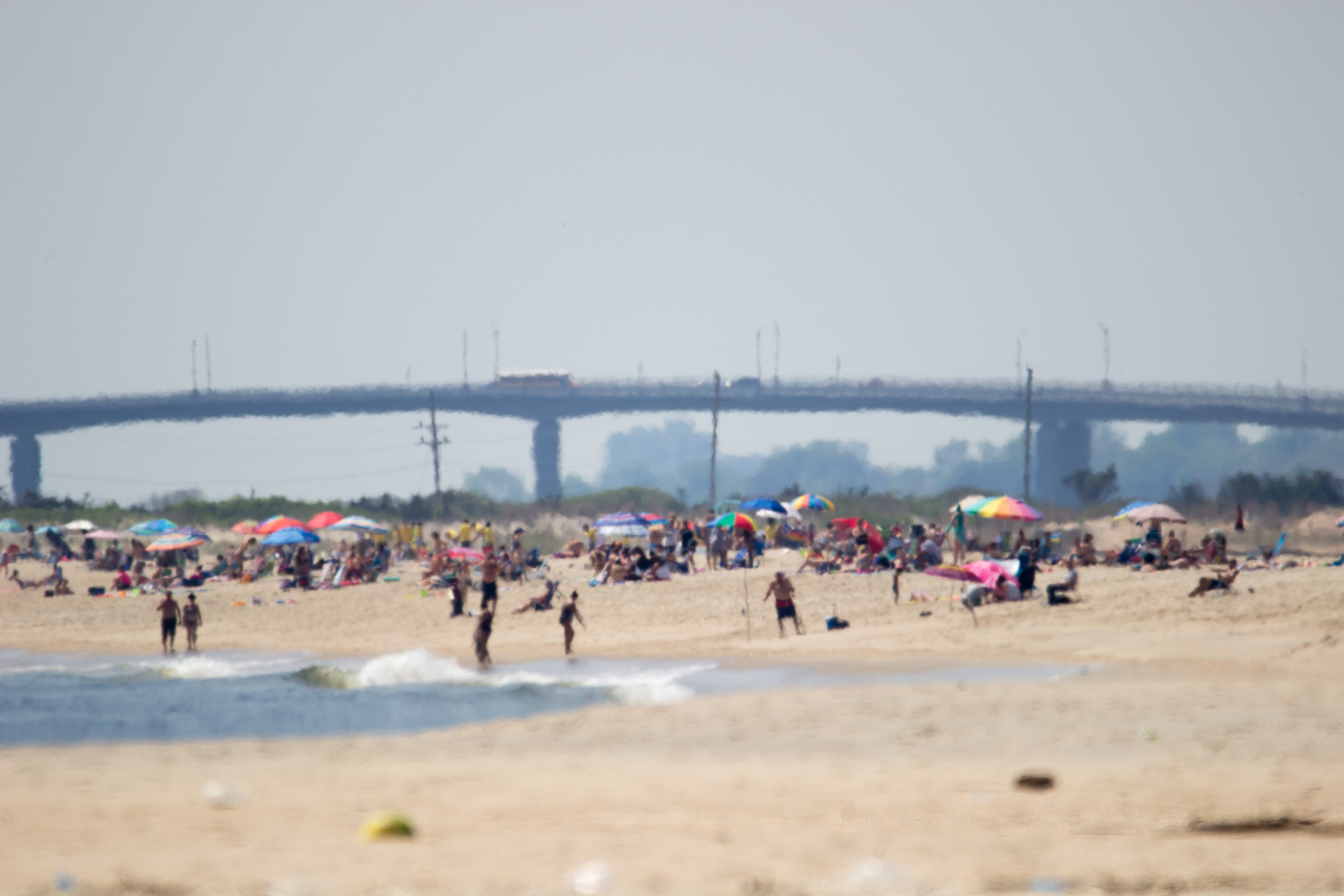
Close-focusing and Maximum Magnification
When it comes to close-focusing, the 100-400mm F5-6.3 DG OS HSM | C holds an advantage over the 150-600mm F5-6.3 DG OS HSM | C, both in terms of distance to subject and maximum magnification. The 100-400mm has a maximum magnification ratio of 1:3.8 and a close-focusing distance of 5.25 feet at 400mm. The 150-600mm close focuses to 9.2 feet and a maximum magnification of 1:4.9 at 600mm. But, in practice, the bigger difference between the two lenses is the close-focusing distance, as the 1:3.8 magnification at 400mm on the 100-400 lens is pretty similar to the 1:4.9 magnification at 600mm lens.



Conclusion: You Really Can’t Go Wrong Choosing Either of these Lens
The SIGMA 100-400mm F5-6.3 DG OS HSM | C lens offers pro-level performance and sharpness in a very lightweight, compact, and economical package. For a few hundred dollars more, the 150-600mm F5-6.3 DG OS HSM | C also offers pro caliber performance and sharpness, and adds a removable tripod foot, adds a touch over two pounds weight, and has the awesome variable zoom lock feature pioneered on this and its sister lens, the Sport variant. Both lenses have a splash and dust proof mount, and the 150-600mm | C has a water and oil resistant front element.
Both of these lenses offer SIGMA’s most advanced Lens Customization feature set through the USB Dock and SIGMA Optimization Pro software and, like all SIGMA lenses, are made in Japan at our Aizu factory. And like all Art, Sports, and Contemporary lenses, each and every unit of both of these lenses is individually tested on the A1 MTF device to ensure optical performance is within tolerances.
If longer reach is what you are after above all else, obviously the 150-600mm F5-6.3 DG OS HSM | C has the advantage. From the same distance from subject, smaller birds will fill more of the frame, distant subjects will be pulled a bit more closer, too.
But there are a number of situations where the 100-400mm F5-6.3 DG OS HSM | C may hold key advantages, thanks to it lighter weight and smaller size, both in the pack and in the hands. I, for one, find it much easier to use in the “sharpshooter” position than the heavier 150-600mm | C lens, and while the 150-600mm | C is very lightweight and portable itself, I’m surprised at just how much more svelte the 100-400mm feels in the hands. And obviously, the cost savings is great for photographers on a tight budget to maximize reach and range without breaking the bank.
Also Check Out
SIGMA 100-400mm F5-6.3 DG OS HSM | C Sneak Peek
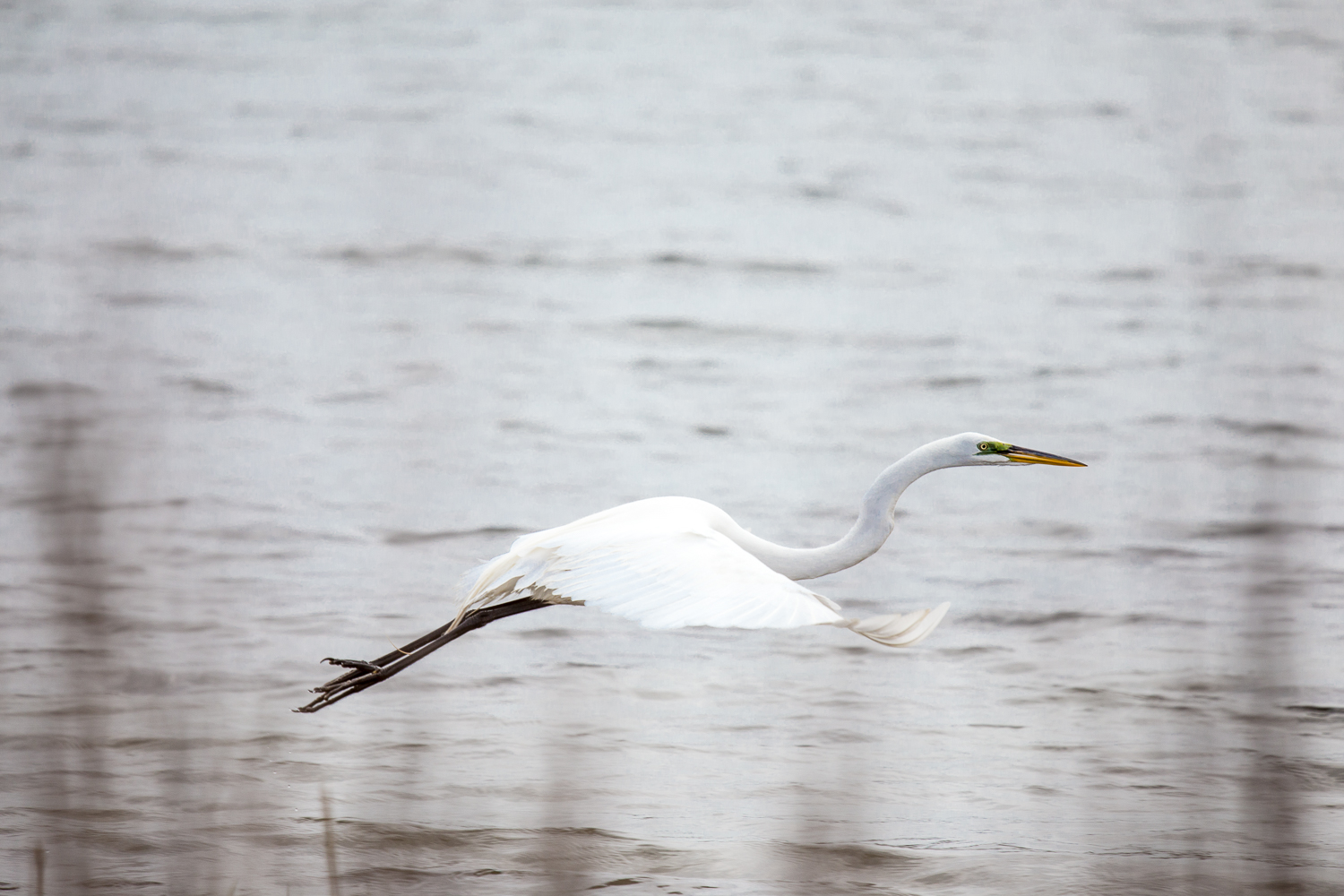
The SIGMA 150-600mm Contemporary Versus the SIGMA 150-600mm Sports Lens

The SIGMA 150-600mm | C Pairs Performance and Portability
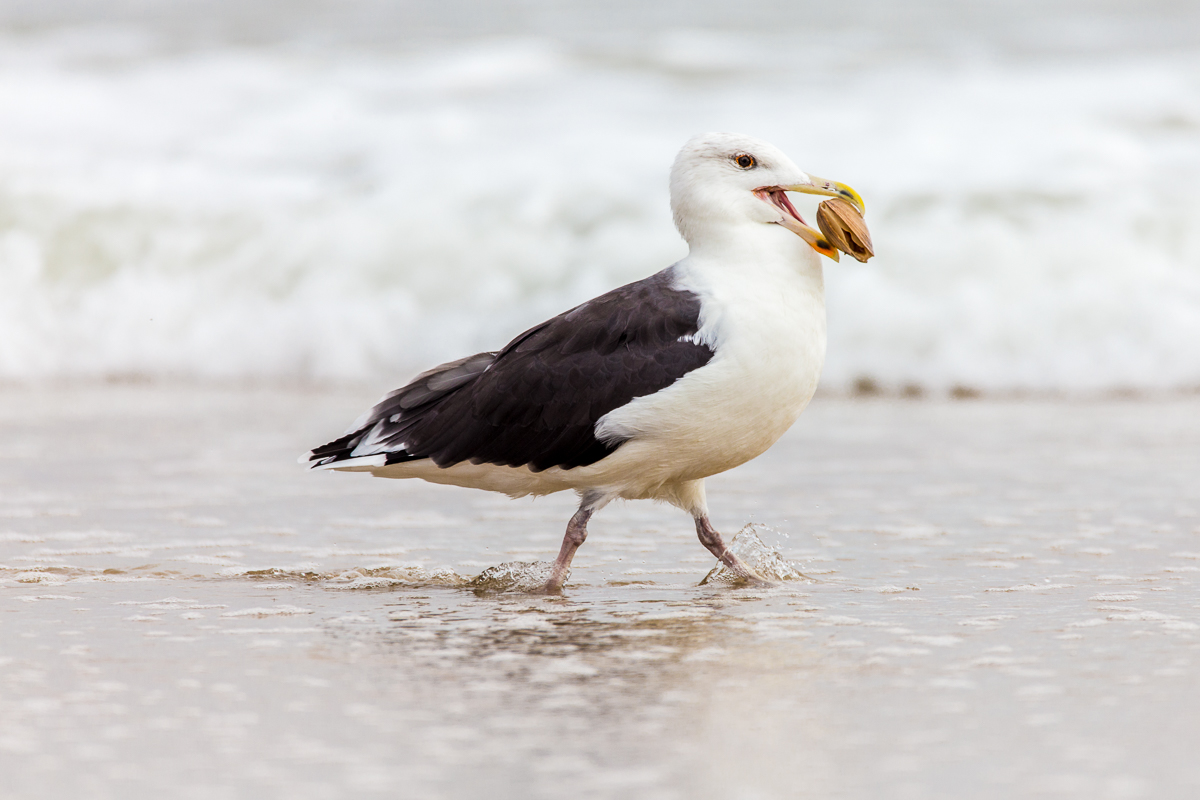

Just added the 18mm to 300mm it offers a good walk around capability for birds and wildlife. I have the longer lens as well and kit has very good IQ.
Excellent review – still undecided which would be best on a small mirrorless body (Canon M50) for sports like kitesurfing, sailing etc…